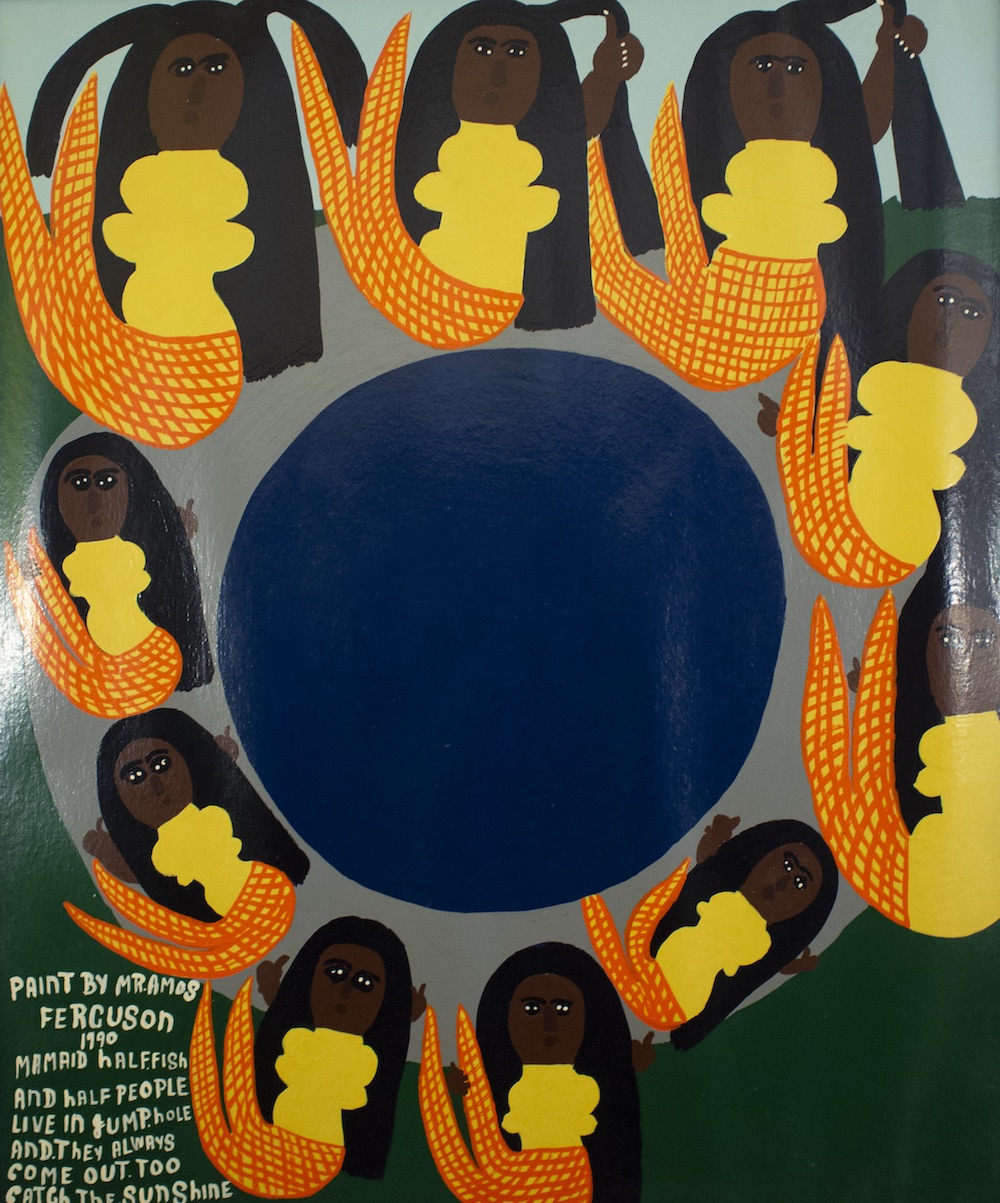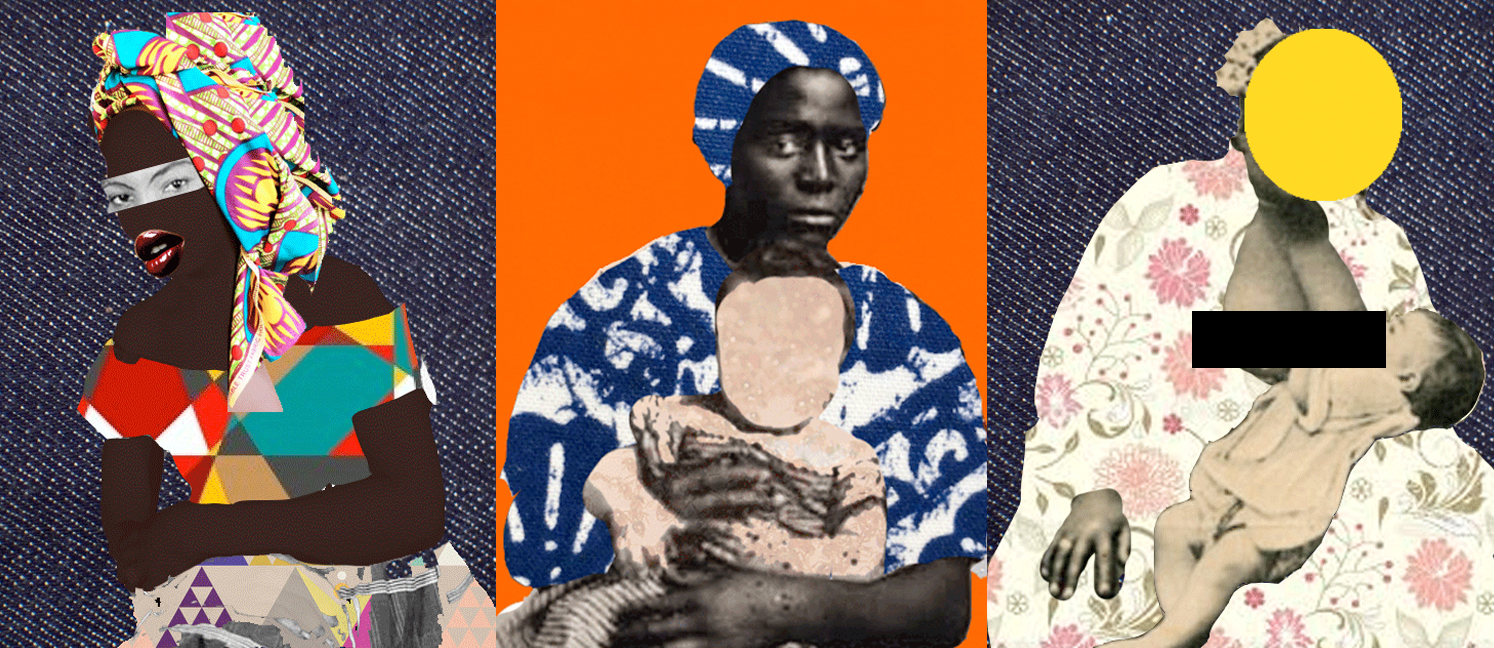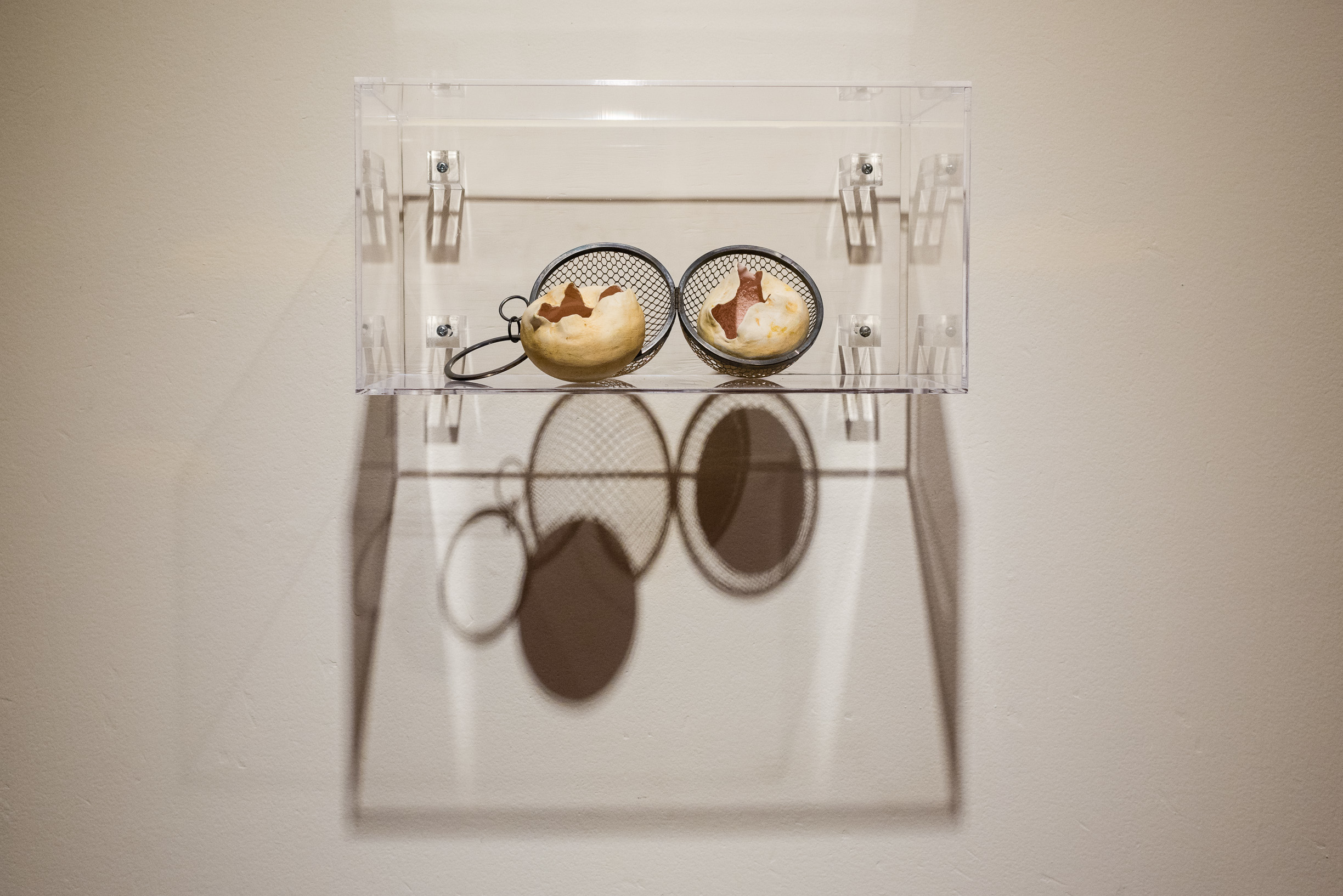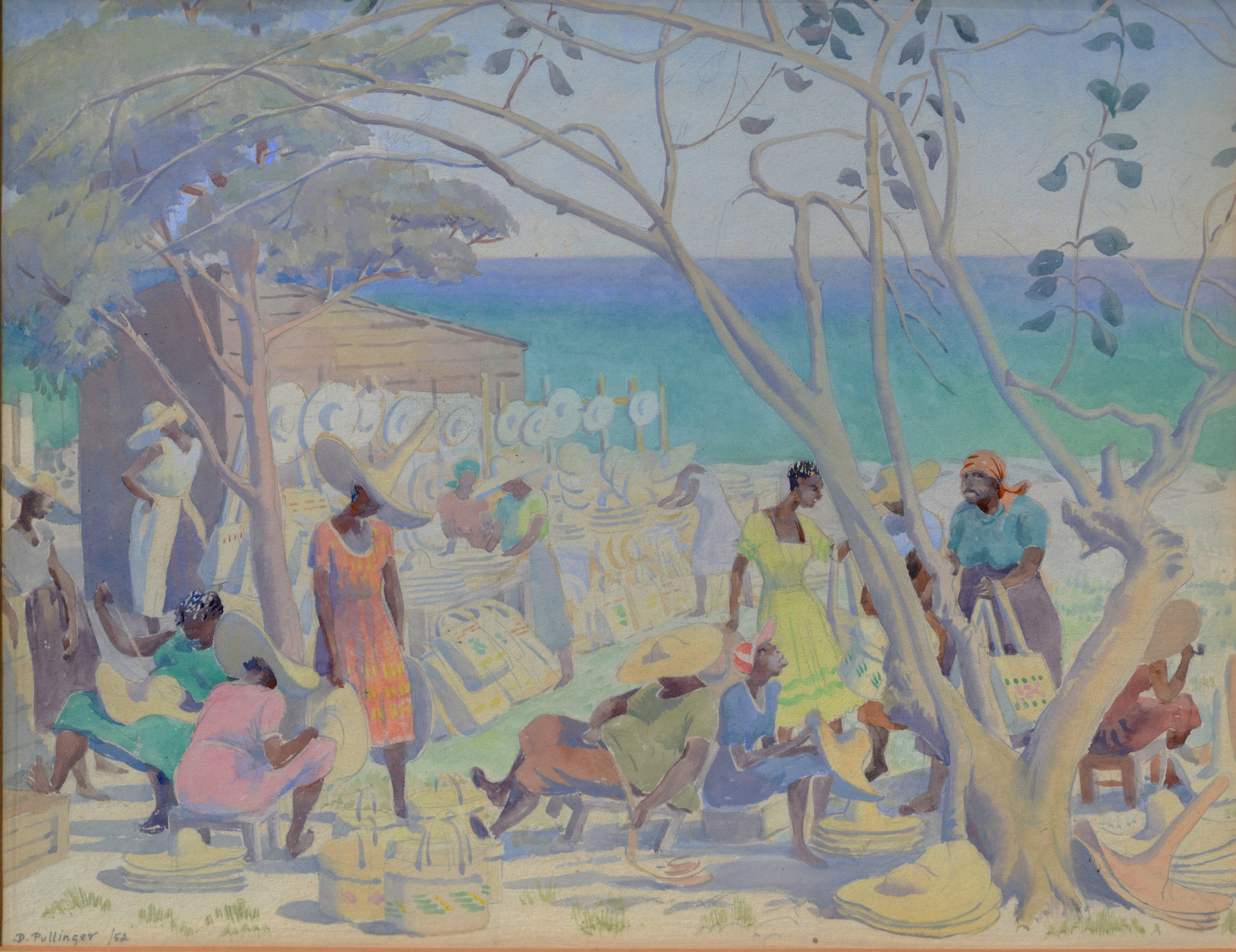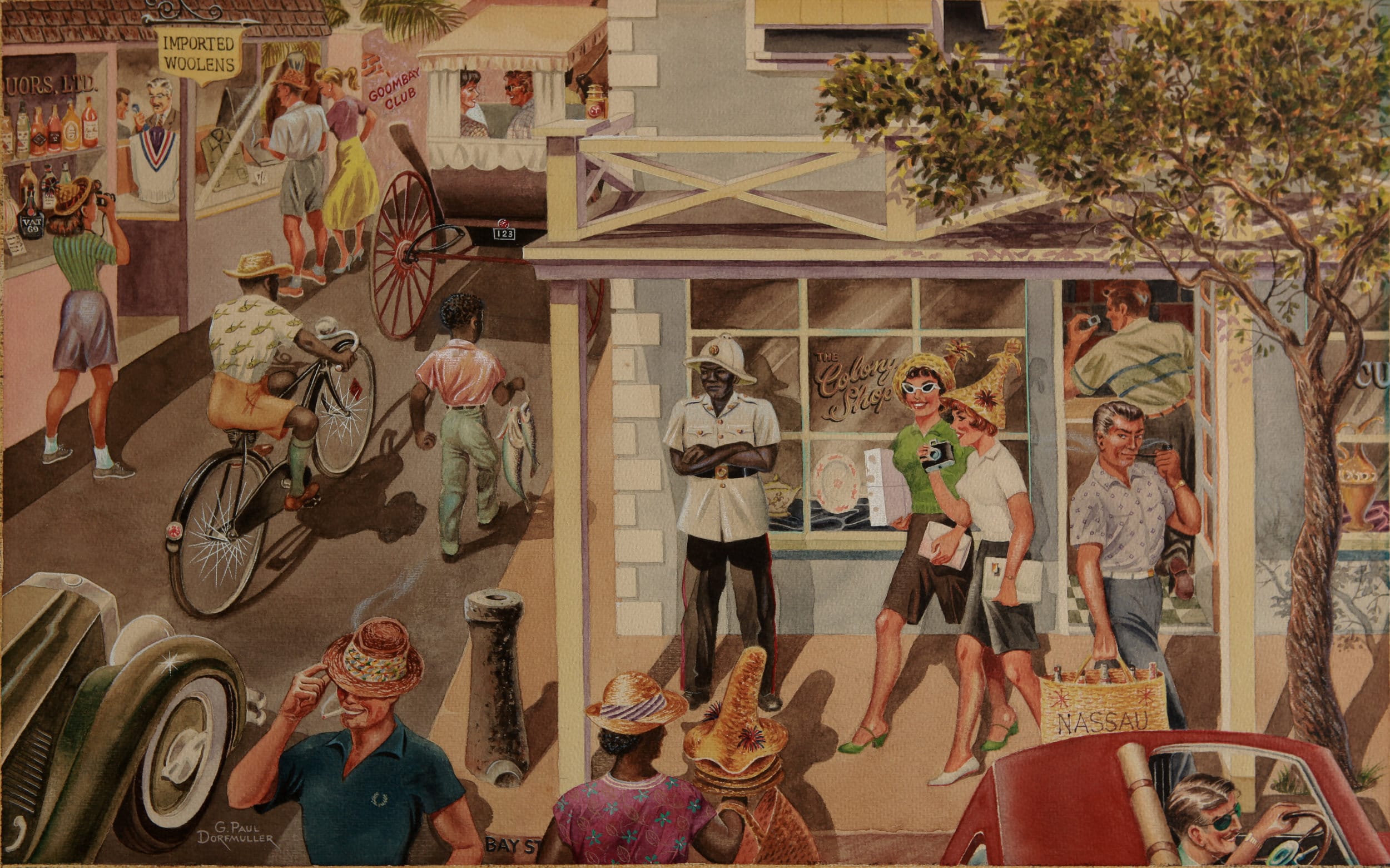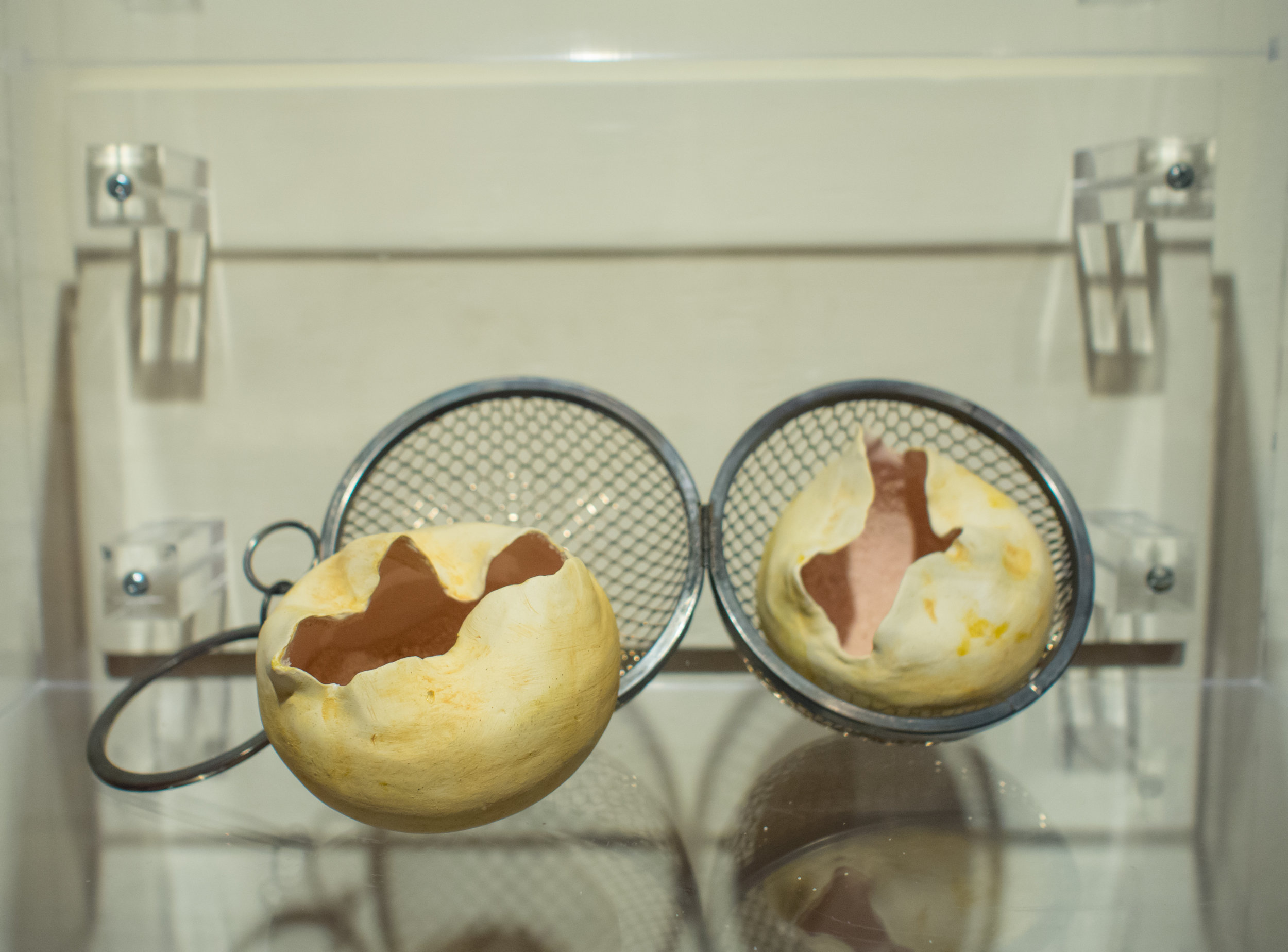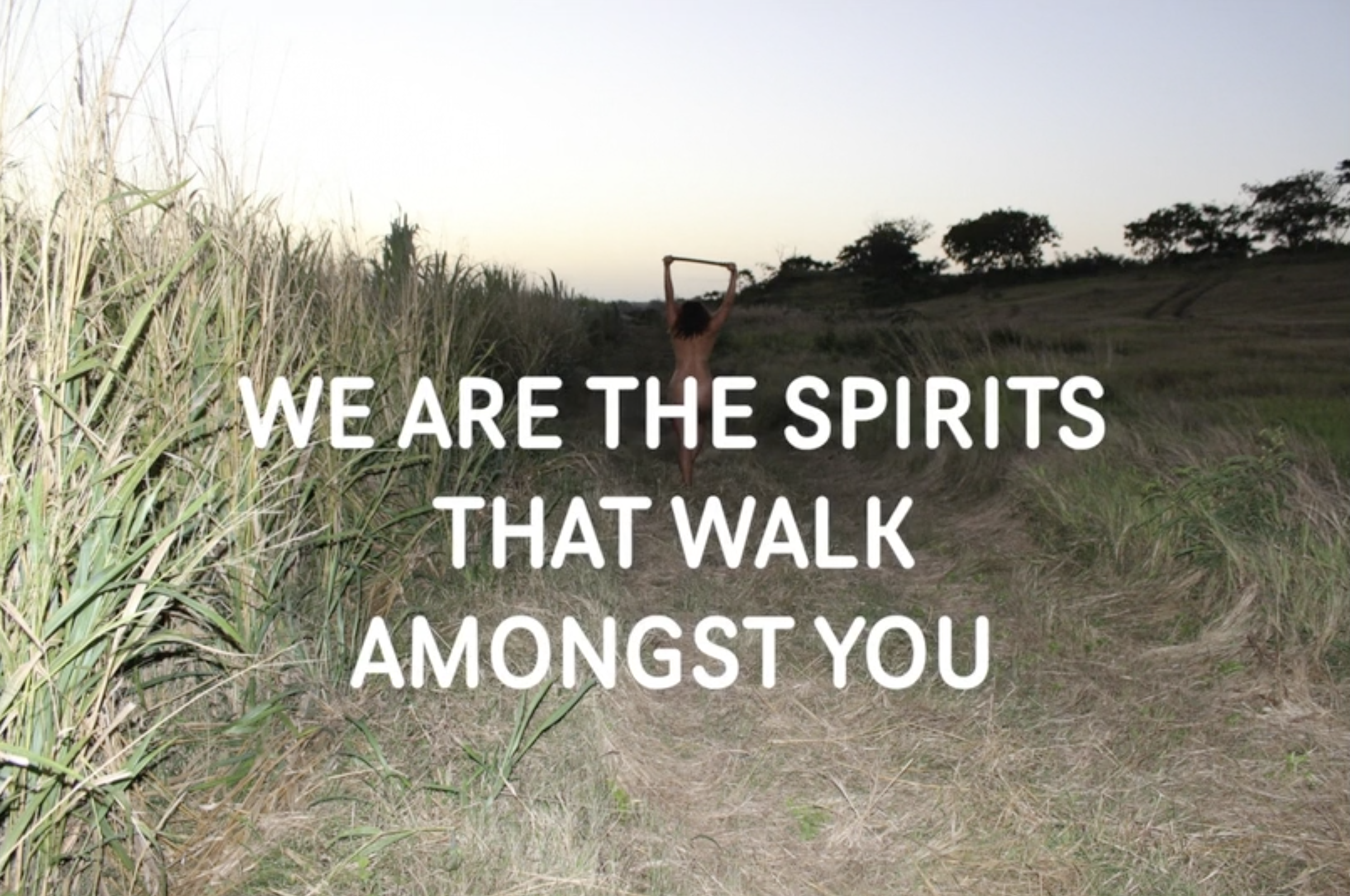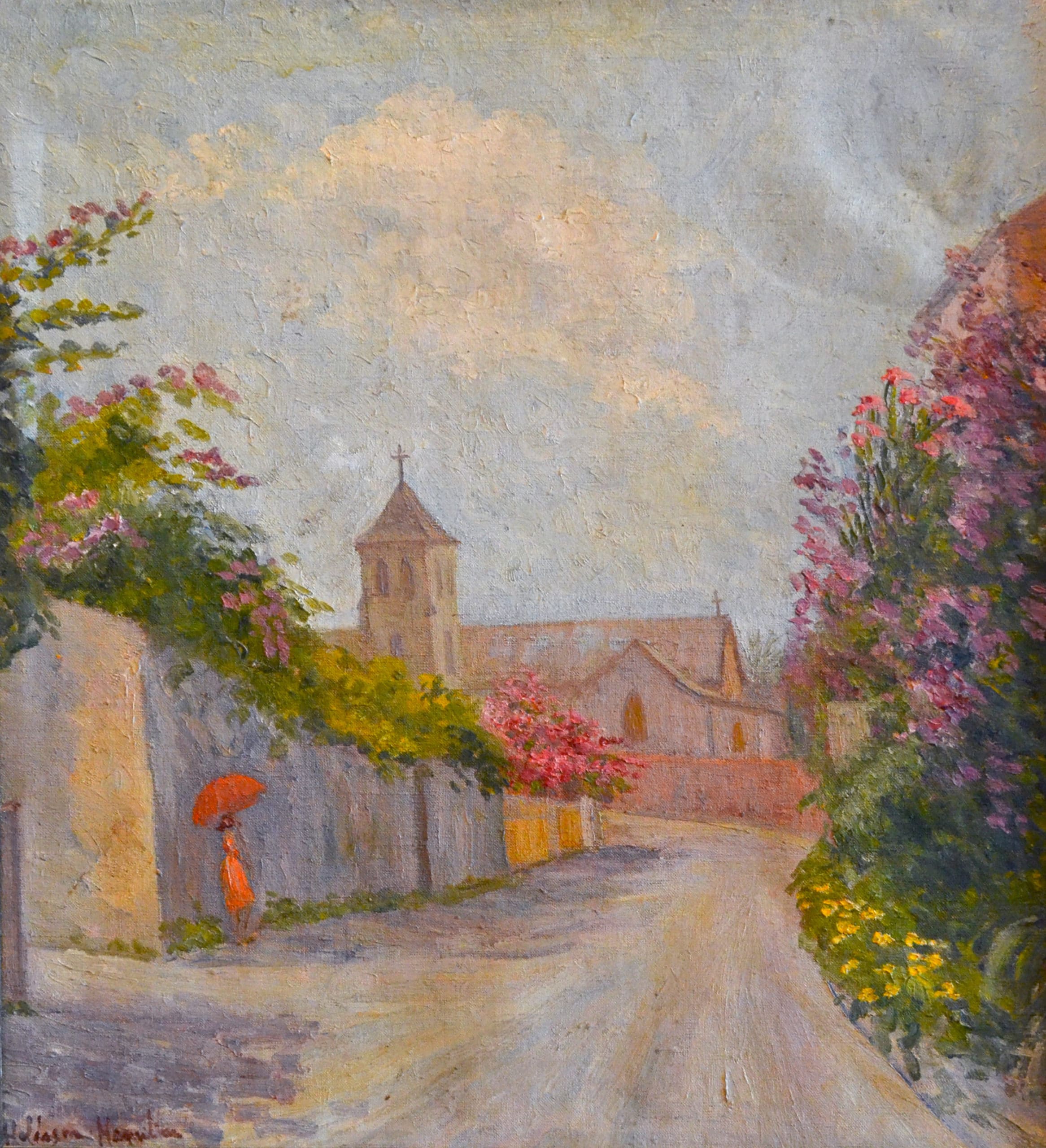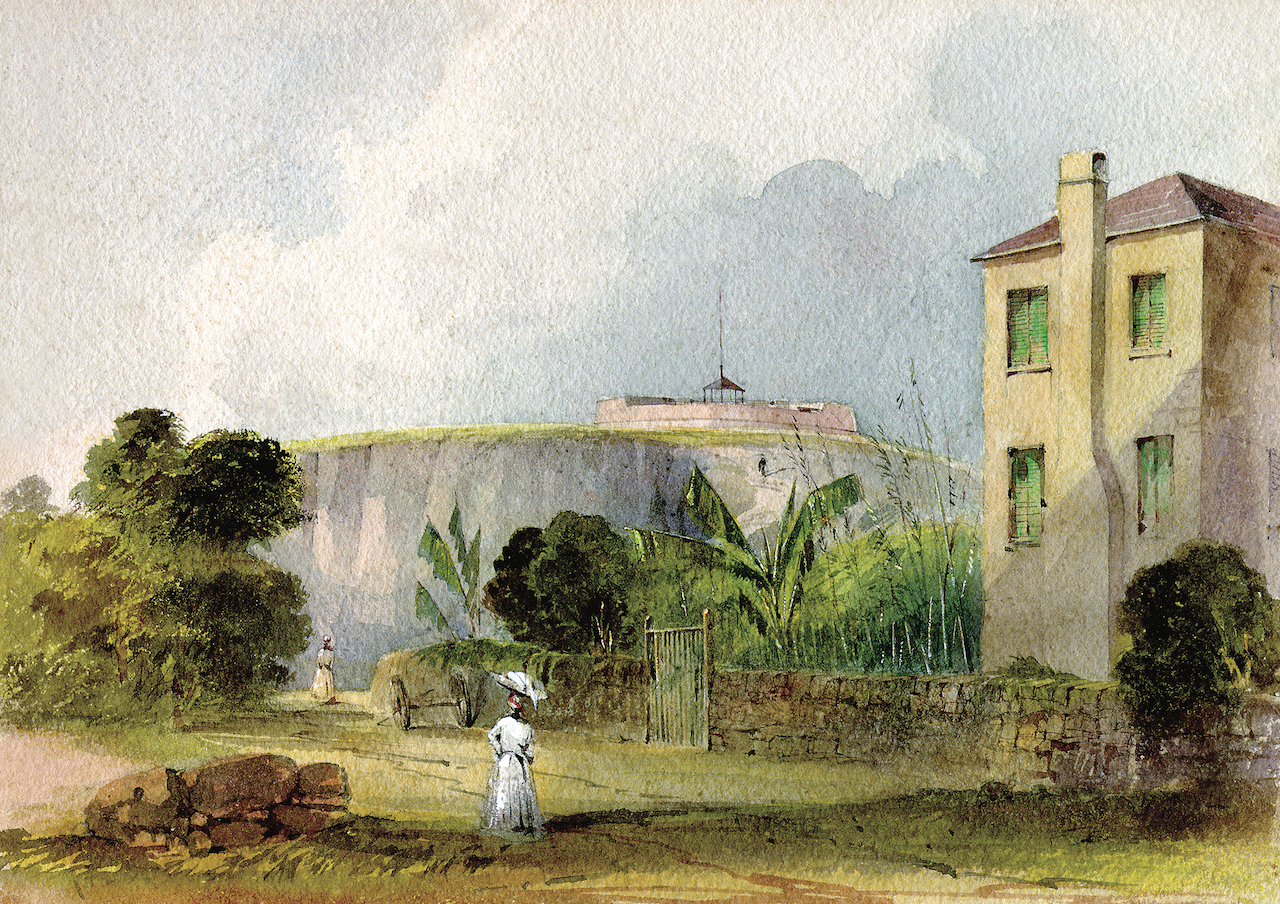Currently browsing: Articles
Art Centering Woman: HARD MOUT GYAL, GOT A TONGUE LIKE THE OCEAN
A Body Of My Own: Anina Major reclaims the body
The Problems of Paradise: Thoughts on Traversing the Picturesque
Are We One With Nature? G. Paul Dorfmuller’s Nassau Corner
The Moving Image: The First Turn of the Revolution
The National Art Gallery of The Bahamas and LUX Scotland partnered with the British Council to produce a series of short and experimental films that coincides with the exhibition “We Suffer to Remain”. The series highlights a history of moving image expression of hard to have conversations about race, indigeneity and belonging.
Troubling Narratives: This is how we suffer to remain
“We Suffer to Remain” is a collaborative exhibition whose seed was sprouted in November 2015, when I was invited to be a part of a curatorial cohort that visited Glasgow and Edinburgh, Scotland, as a part of the British Council expanding and investing in the emerging and burgeoning visual art ecology in the Caribbean. This meeting set an idea in motion about how institutions in the Caribbean can start thinking in new ways about partnerships and collaborations that, 20 years ago, might not have been possible. The Caribbean as a creative space continues to flourish in its liminality, continues to grow and inspire globally as a cornerstone of excellence but, unfortunately, also continues to be a perpetual site of extraction, exhaustion and removal. Perhaps one needs to be alone with these words to understand the gravitas and the generational weight of our inheritance.
Sorry for What: I am not the sugar in your cup of tea
Dr Ian Bethell Bennett
Sorry, Not Sorry a short experimental film by Alberta Whittle juxtaposes tourism and post-enslavement-dispossession in the British Caribbean. An intriguing mise-en-scène combined with sharp overlaying and interweaving text, image, audio and nuance that brings all sorts of feelings to the fore, from contradictions to harmonies. The harmony in the background, though clashes with the discordant foreground that allows the moving image the salience it has to document, to articulate, to illustrate the unbecoming side of colonialism and independence. Again, the irony of postcolonial independence is that there is no real sovereignty as governments are only held in power by foreign direct investors who own the economy, by owning resorts where the Bacardi-sipping-frolicking-lithe bodies stay during their fantasy time in paradise.
“West Street” by Hildegarde Hamilton
By Natalie Willis
Some visitors aren’t visiting, some are coming home.
Considering the development we know of Nassau today, West Hill Street doesn’t look quite so different today as it does in Hildegarde Hamilton’s works. Though the date is not signed to the painting, we can tell it shows a different Nassau than the one we know now. Just in the last few years West Hill Street has taken on a series of colourful changes, particularly around Graycliff, as part of the Historic Charles Towne group. That being said, it may still be unusual to see a woman walking around with a parasol, the bougainvillea growing wildly over, and the road in better condition–and perhaps even unpaved–than it had been just a few years ago. It’s a comfort to think that maybe potholes haven’t always been quite so treacherous.
Eye on The Bahamas
By Dr Ian Bethell-Bennett. Beauty surrounds us. Waters flow over us. Sands, pink, grey, white, beige provide support for life. Mangroves with their gaseous smells and nursery roots, sustain coastal health as they prevent full-on impact from storm surges and hurricanes. Art provides a salient view into these natural beauties and the past, as it also imports past ideas into the present. It inspires and it heals. In the early days of tourism in the colony, people came to be healed in the balmy tropics The Bahamas offered. Some in turn captured and marketed this. Others were here and transported the feeling of the space to other shores through their visual and literary experiences. The Bahamas is known for its natural beauty: the way the sun strikes the waves and refracts into the eye of the beholder. This natural beauty is fragile, though it seem everlasting.
